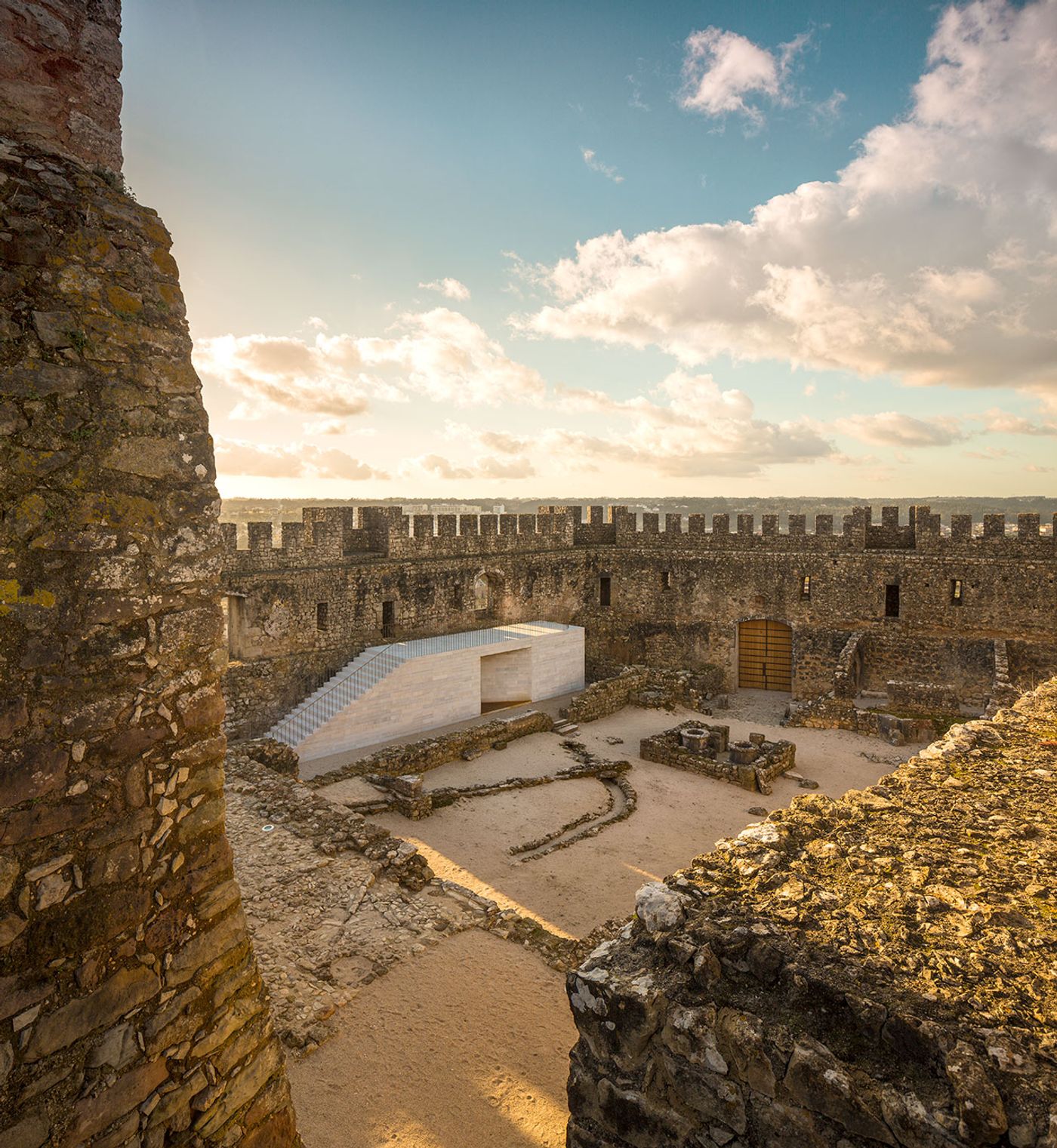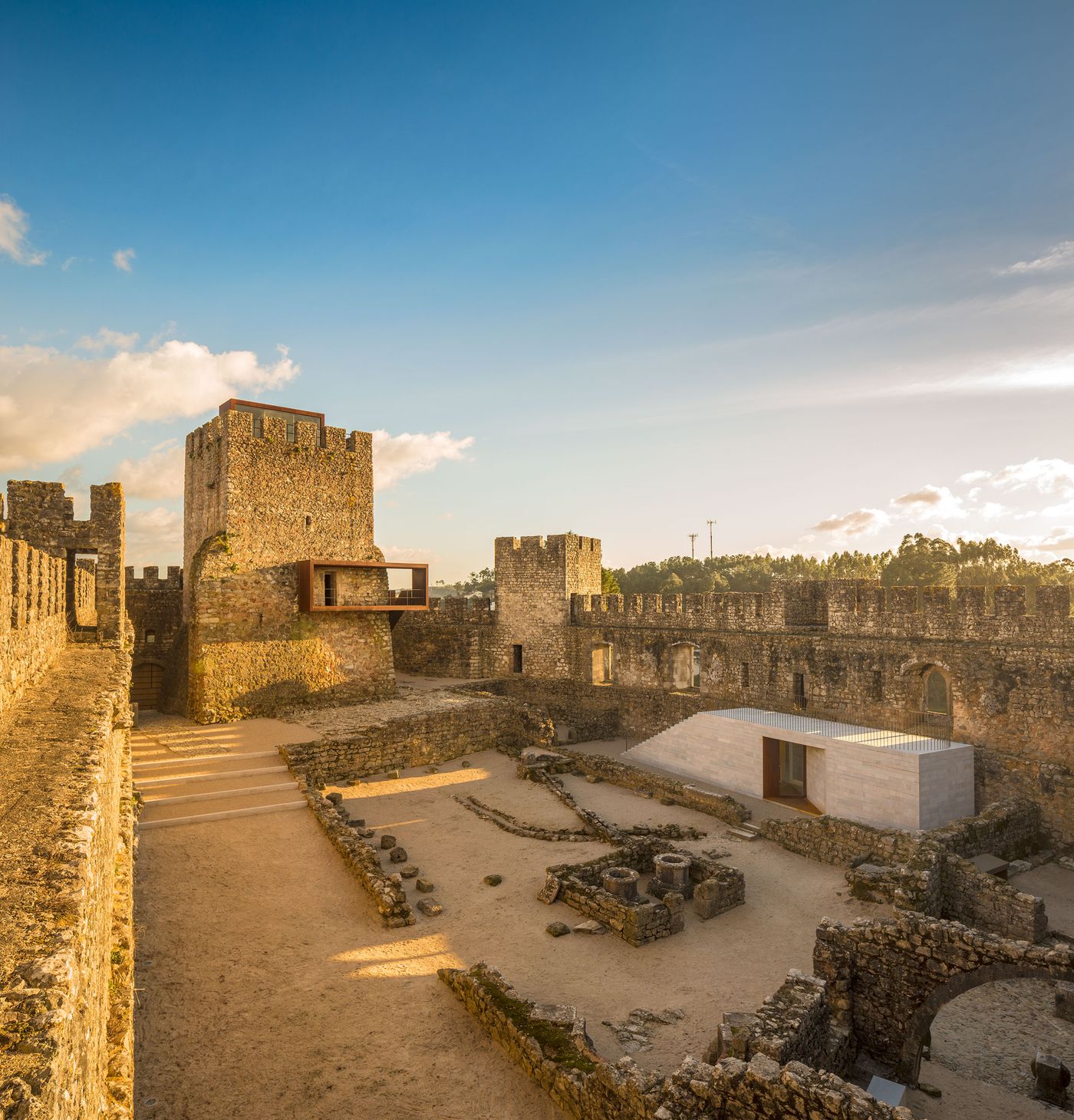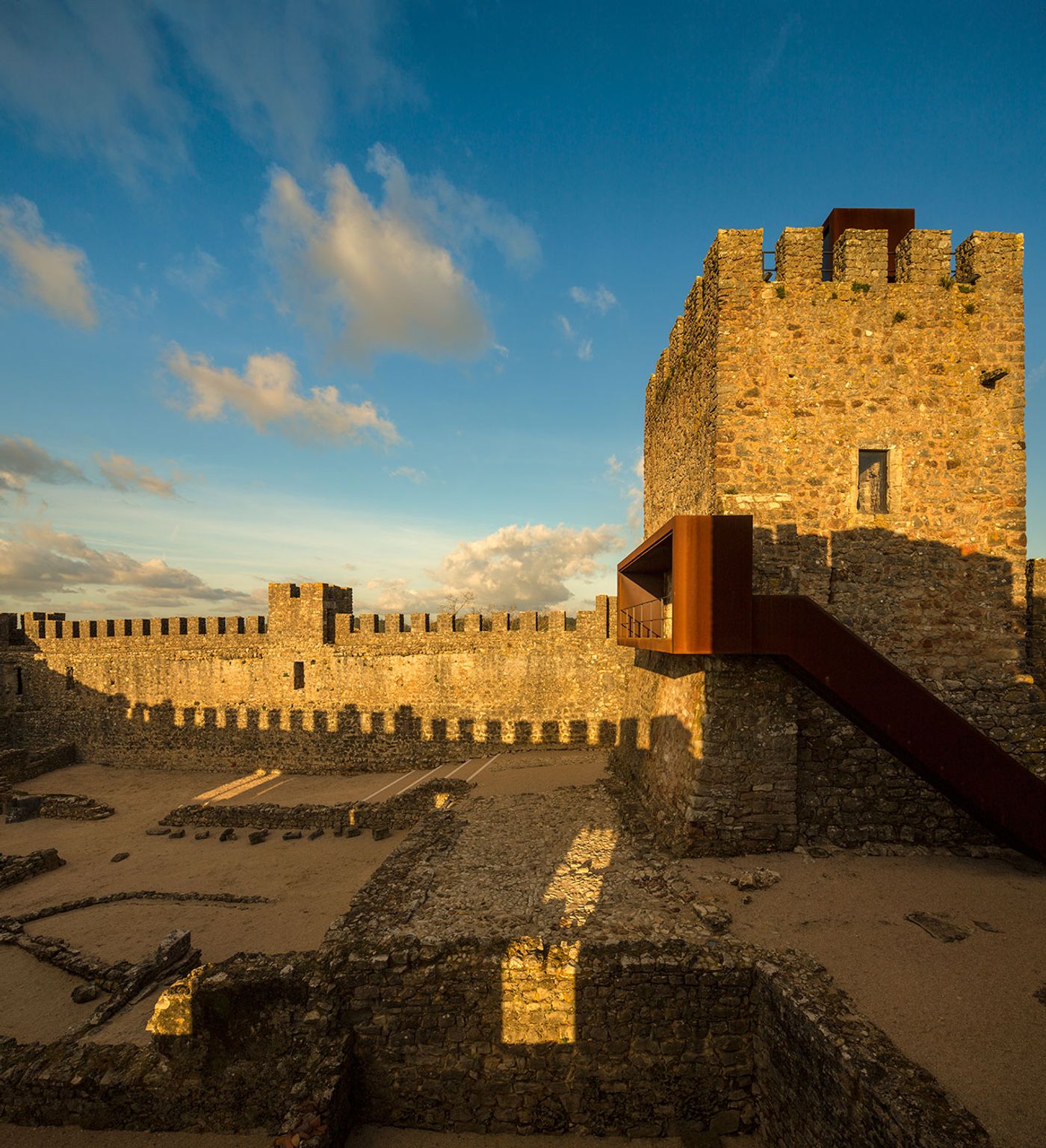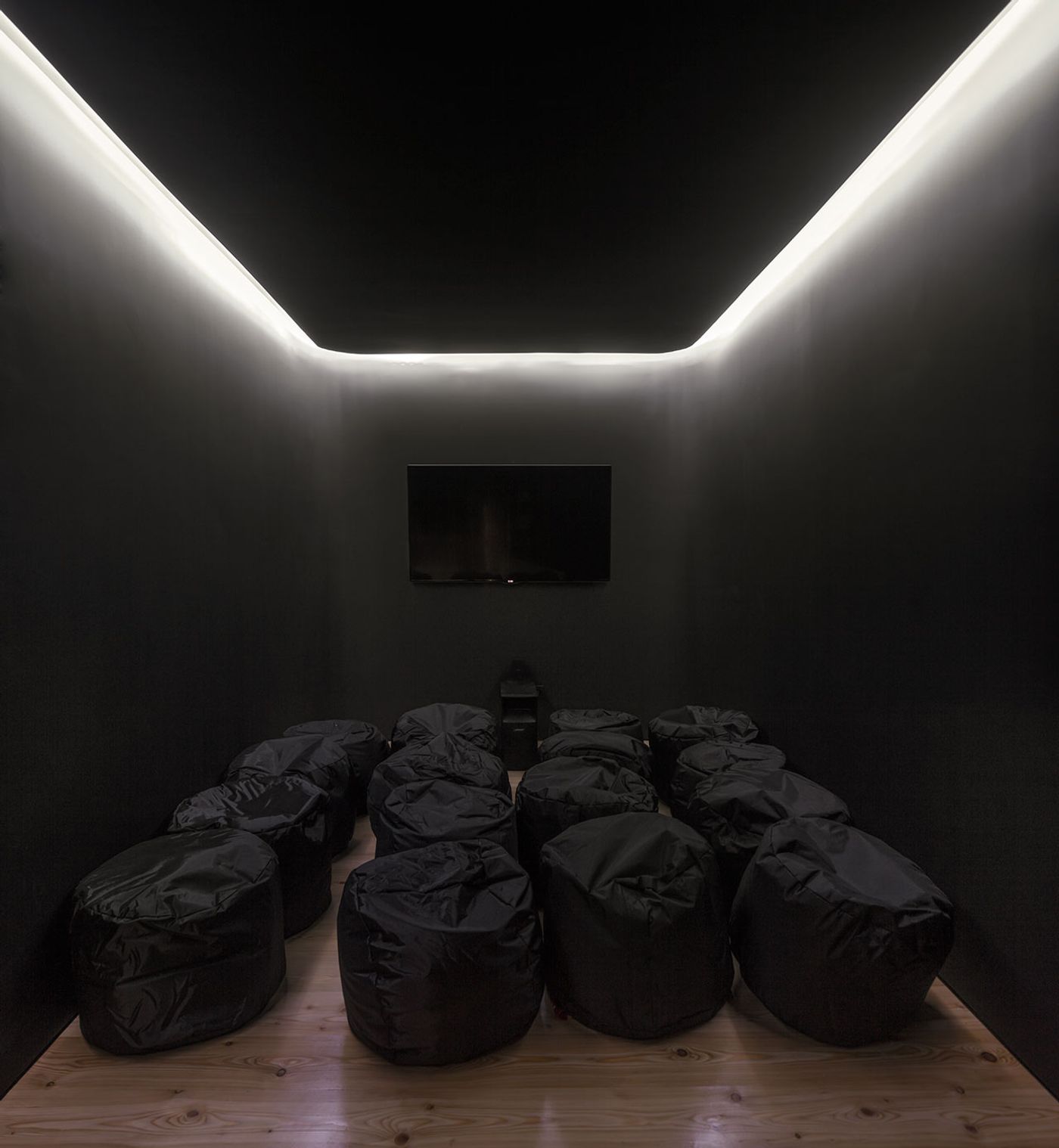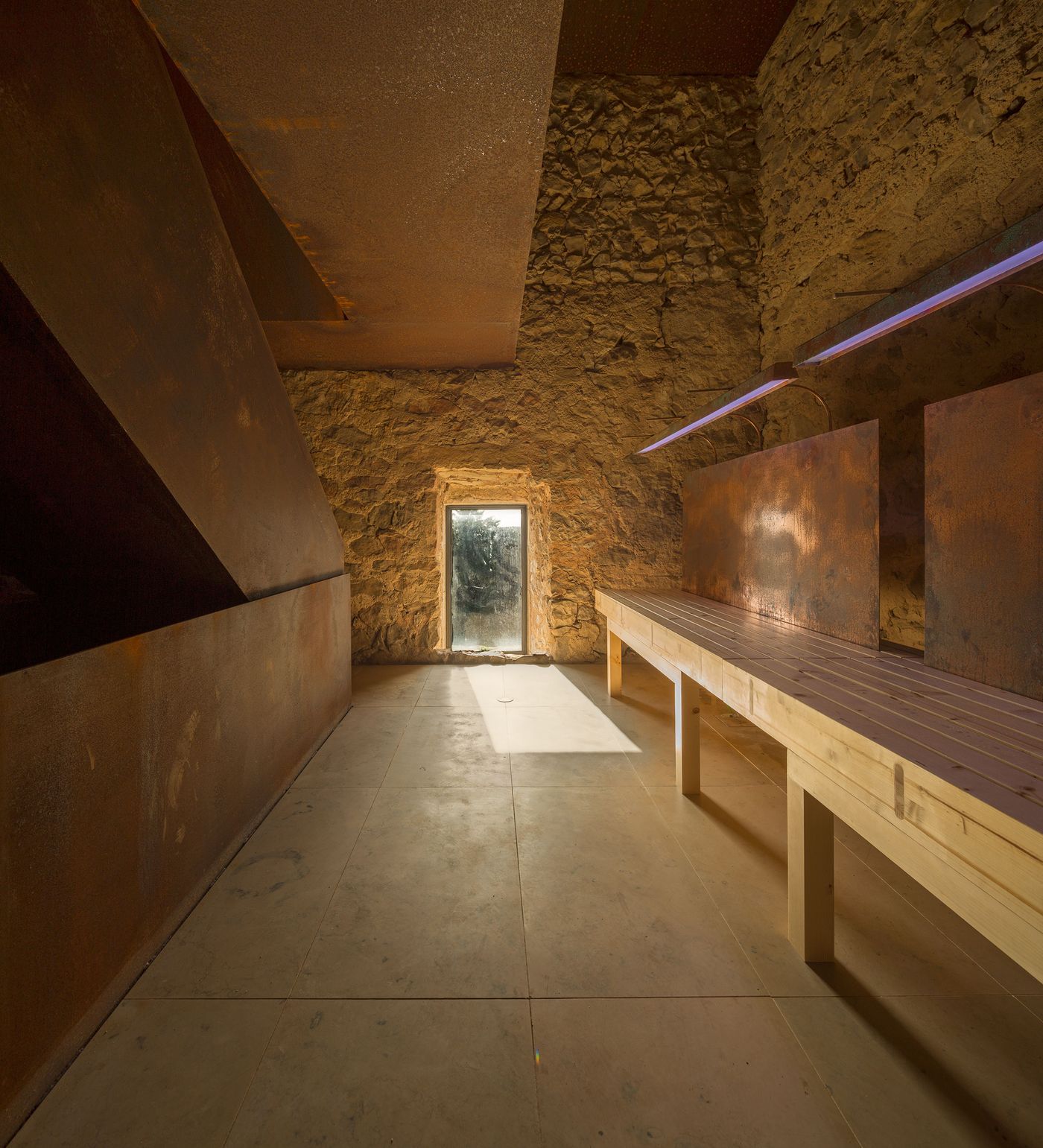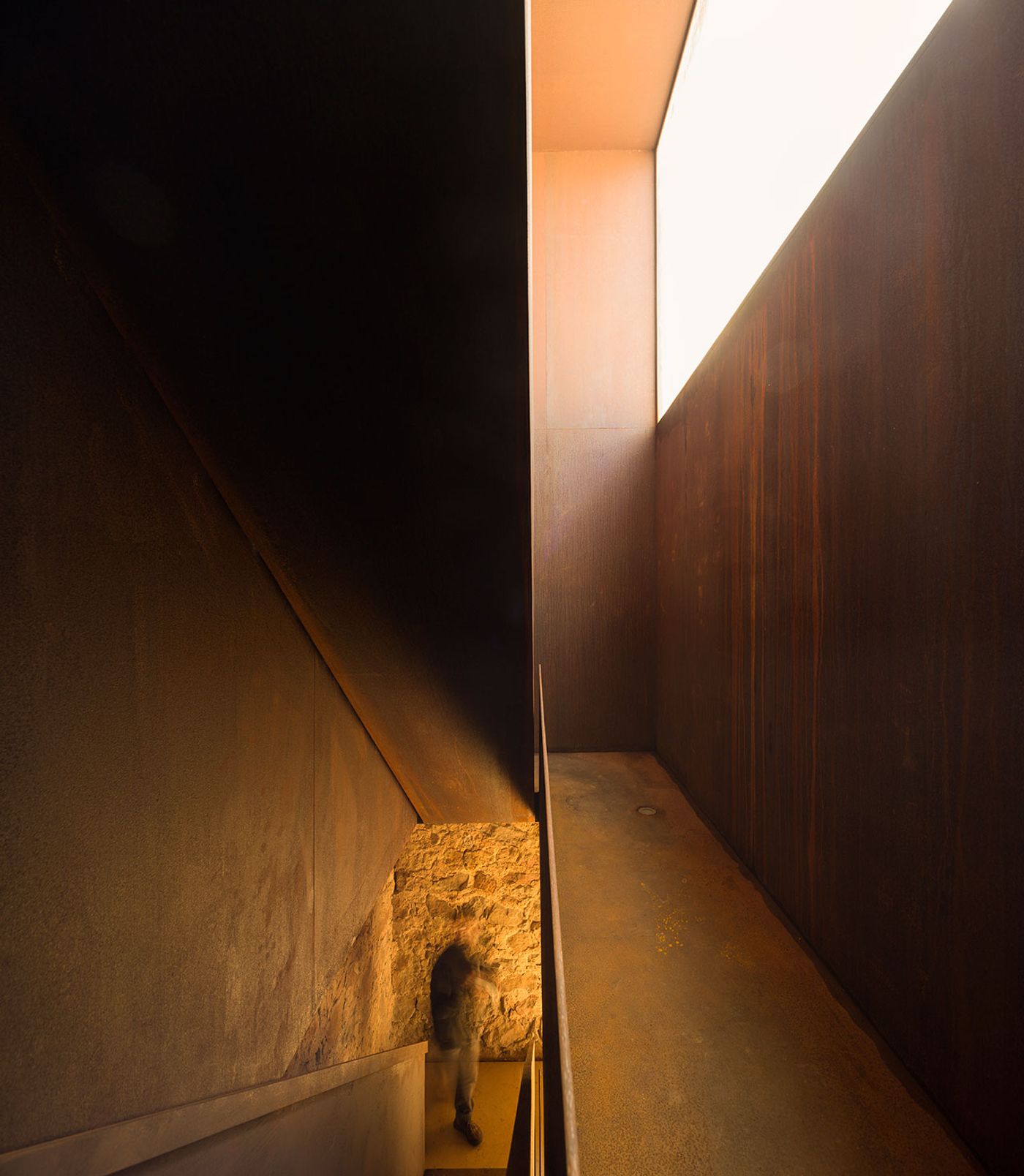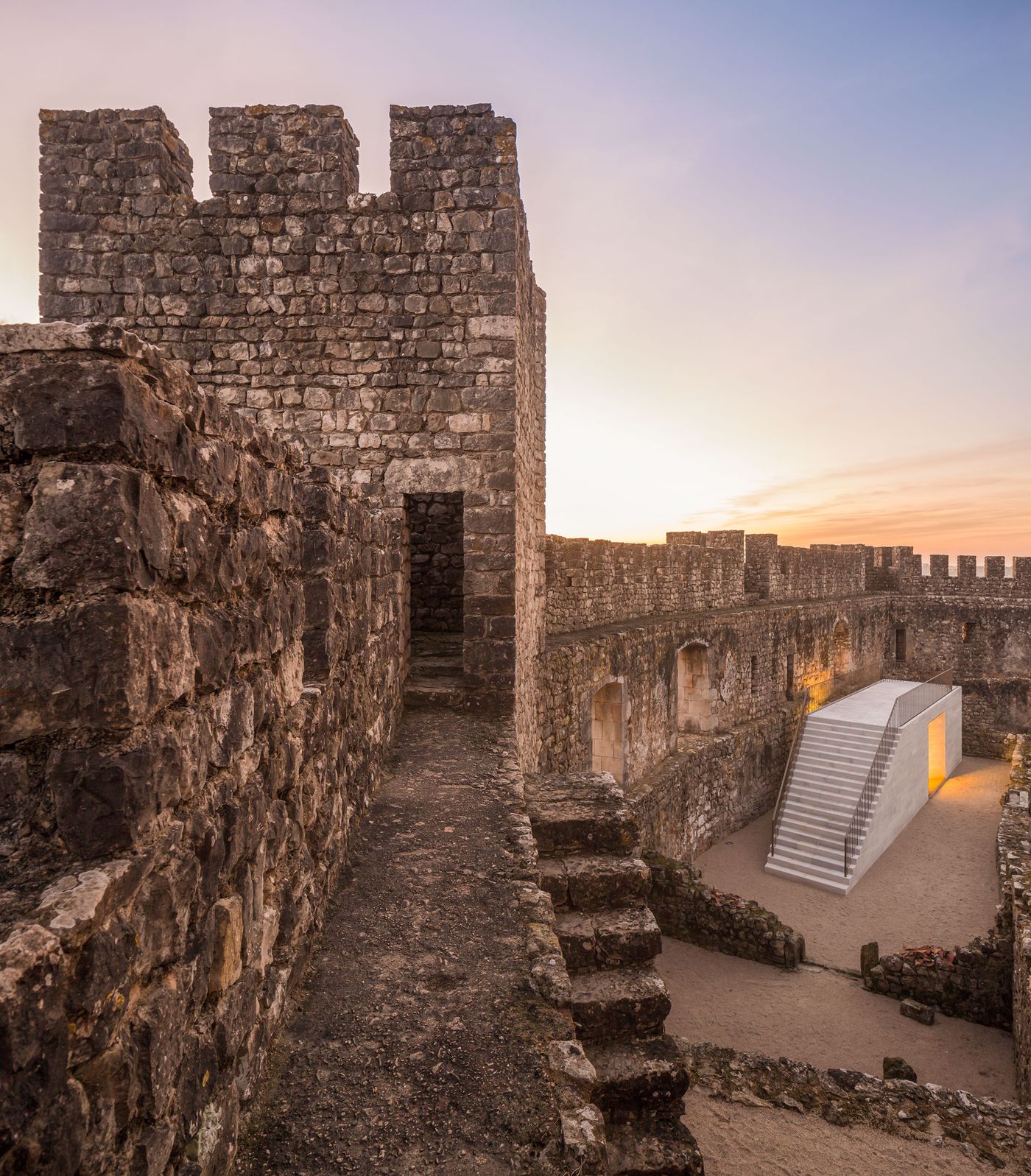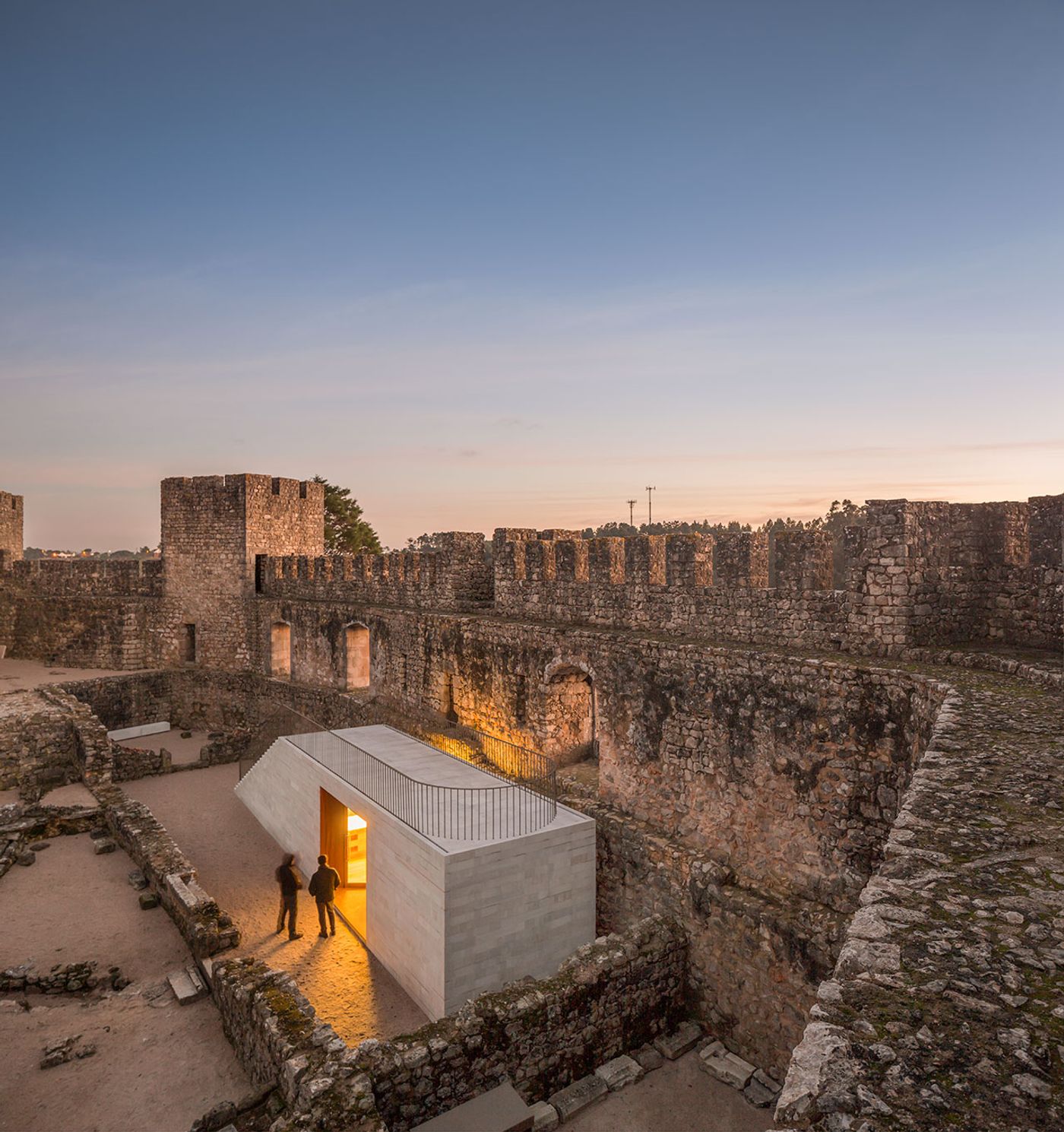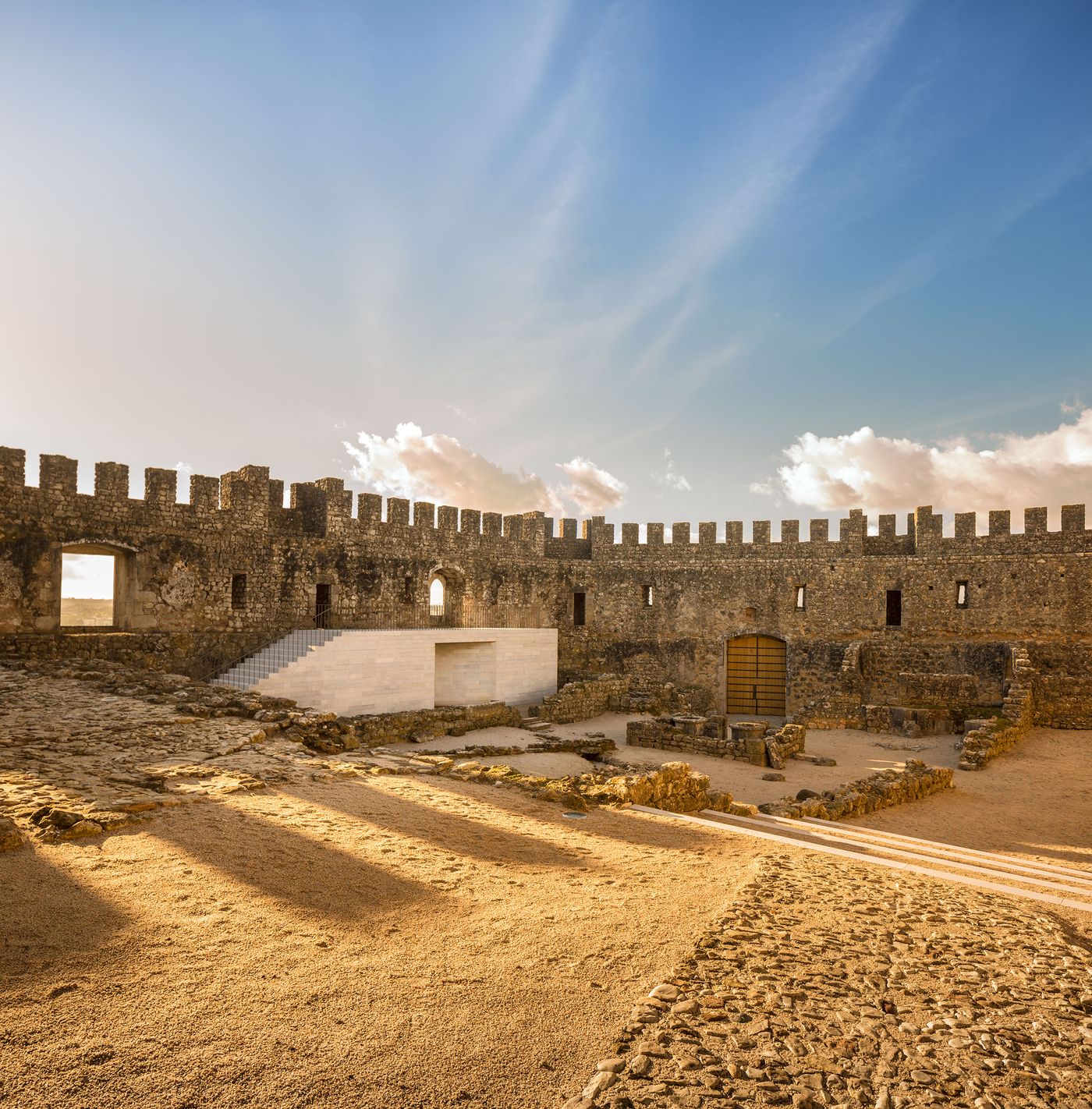
New History: the Visitors’ Centre at Pombal Castle, Portugal, by Comoco Arquitectos
Words by Kiriakos Spirou
Location
Pombal, Portugal
New History: the Visitors’ Centre at Pombal Castle, Portugal, by Comoco Arquitectos
Words by Kiriakos Spirou
Pombal, Portugal
Pombal, Portugal
Location
From Bergamo to Beijing and Catalonia to Normandy, architects reinvent ancient buildings by adding contrastingly modern materials and volumes to their existing layers of history. A fine example of such an architectural intervention that is in complete harmony with its host site, is this new visitors’ centre at Pombal Castle, a medieval fort originally built on the remains of a Roman outpost in Leiria, Portugal. With the outmost care and respect for the monument, Comoco architects have added a new volume to the already densely built and multi-layered historical site, to serve as a reception area and information centre for visitors. Like a castle within a castle, the new monolithic volume serves as a viewing platform and introduces new ways of seeing and experiencing the millennia-old monument.
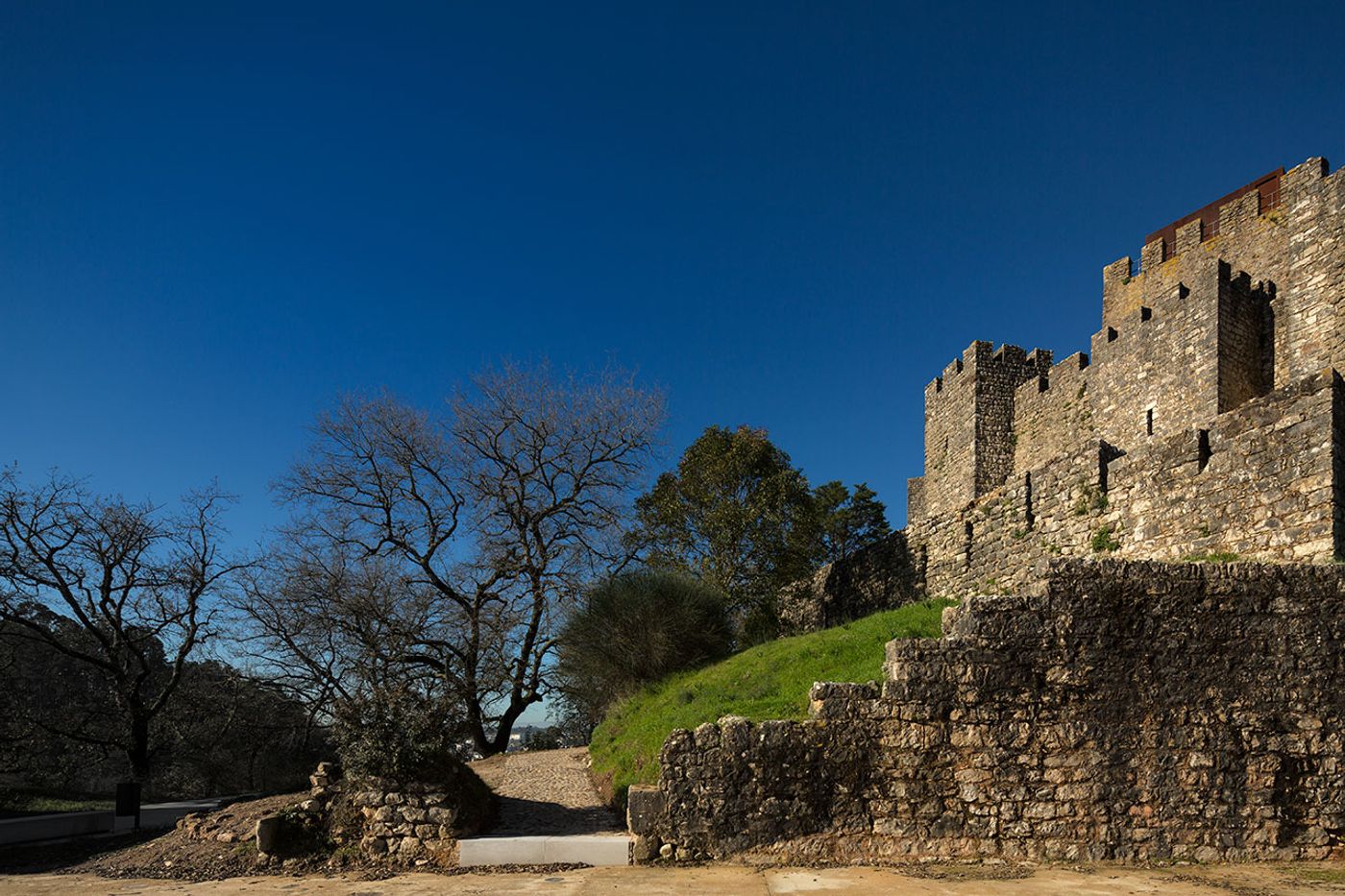
Photo by Fernando Guerra FG+SG architecture photography.

Photo by Fernando Guerra FG+SG architecture photography.
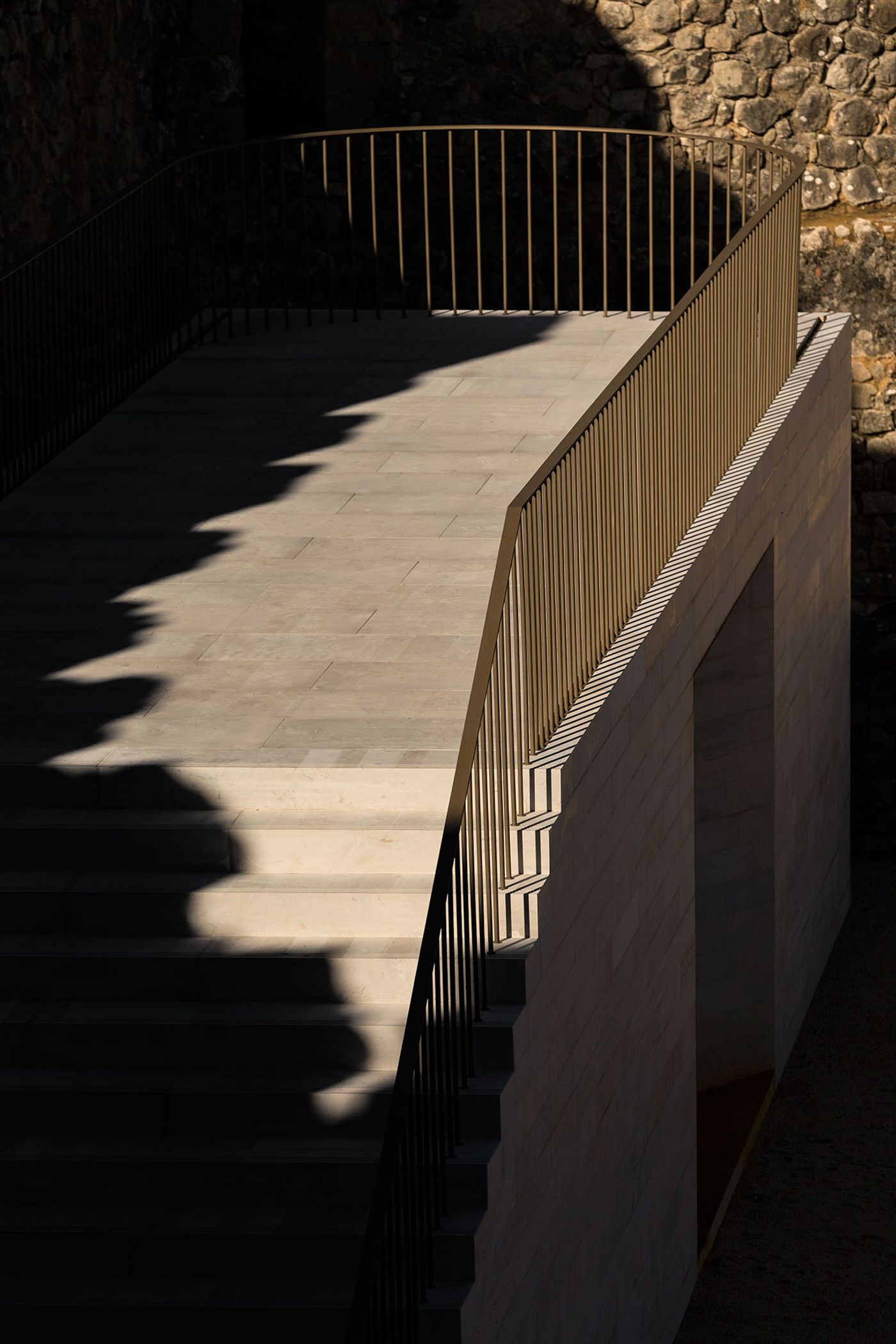
Photo by Fernando Guerra FG+SG architecture photography.
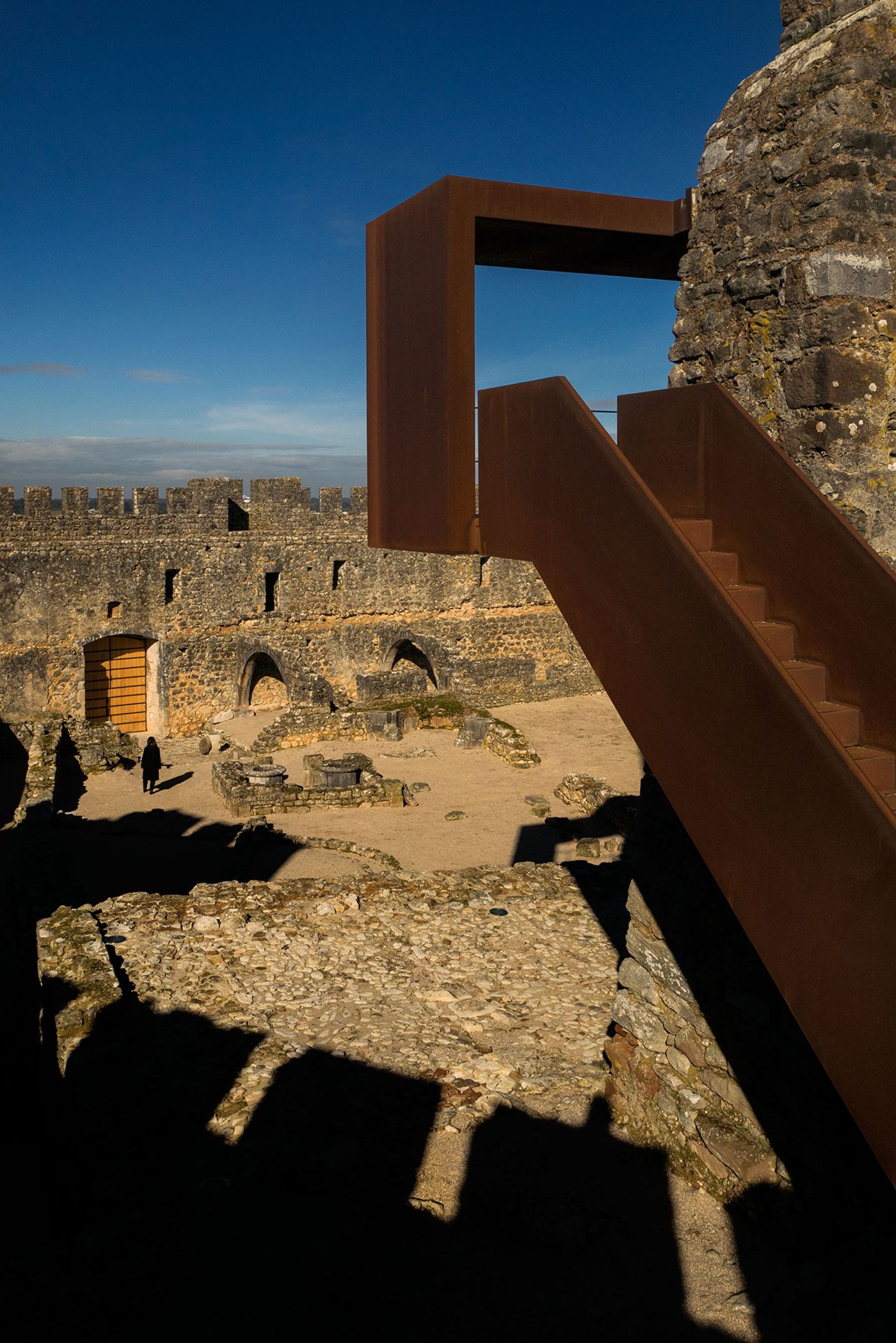
Photo by Fernando Guerra FG+SG architecture photography.
“We thought of the new volume as an object that should embody some ambiguity: we wanted to establish a creative dialogue with the situation ‘as found,’ in an attempt to activate dormant spatial experiences through the new construction.” - Comoco Arquitectos

Photo by Fernando Guerra FG+SG architecture photography.
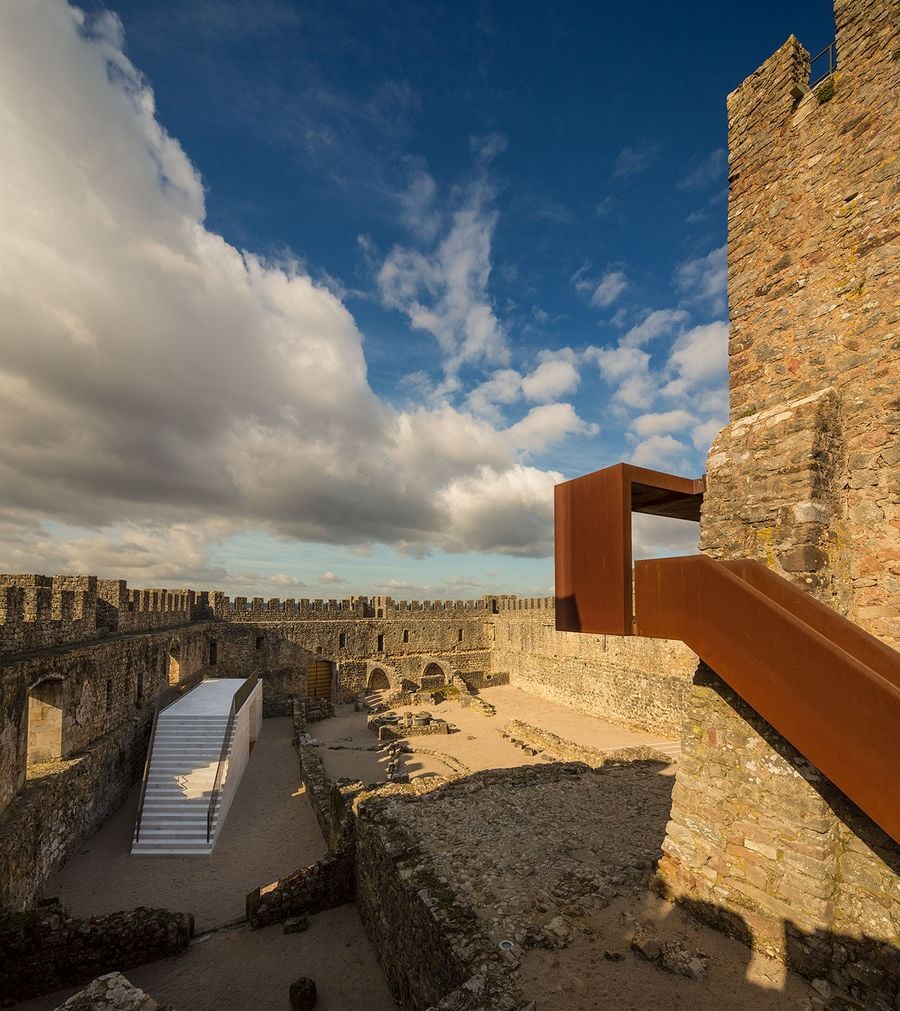
Photo by Fernando Guerra FG+SG architecture photography.
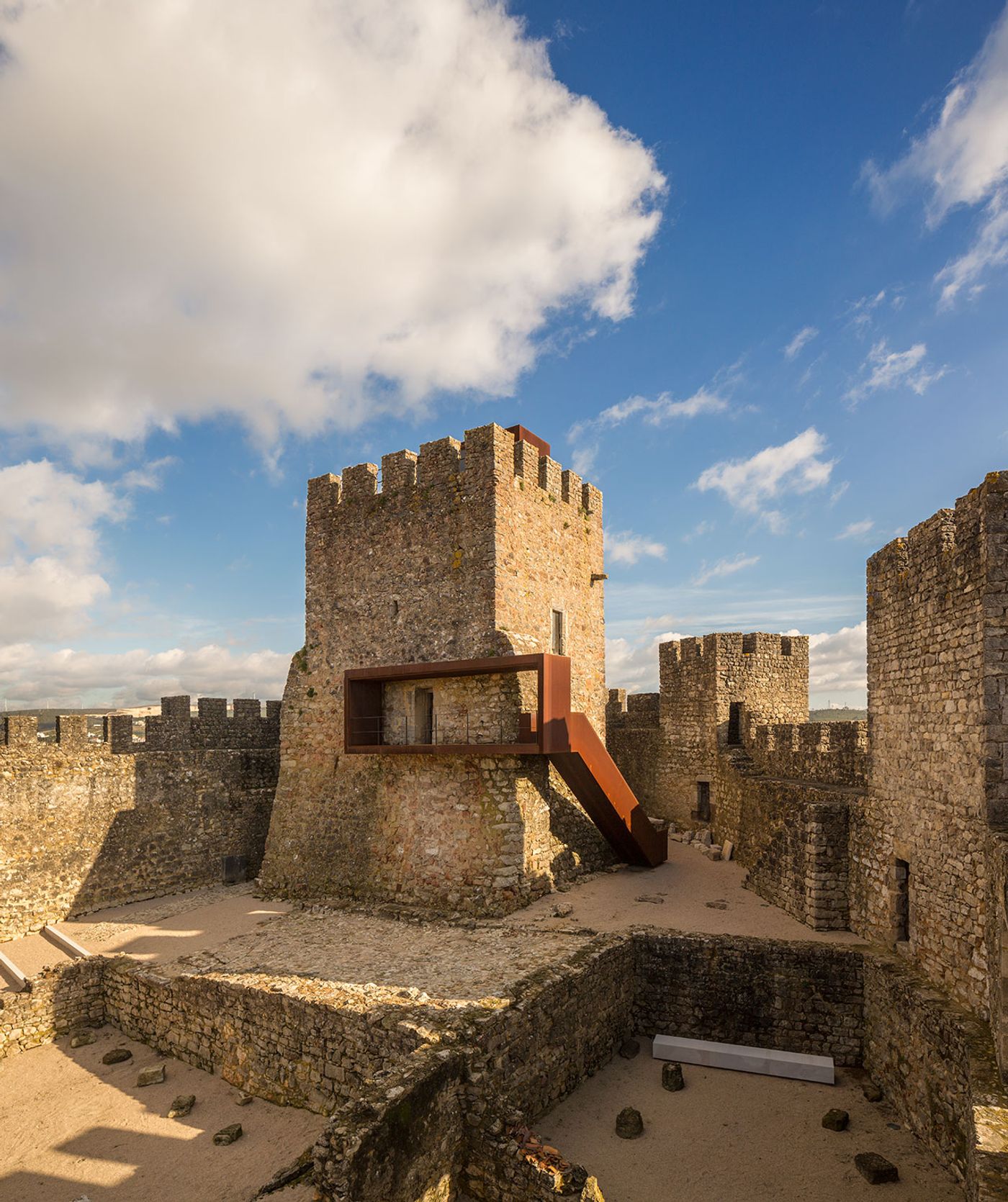
Photo by Fernando Guerra FG+SG architecture photography.
An organic extension of the castle’s architecture, the unassuming new building made of local limestone allows visitors to reach the windows high on the castle’s wall via a wide flight of steps on its side. Due to its simple design and distinct, asymmetrical shape, the new building blends with its surroundings without losing its presence and contemporary identity. As part of their commission, the architects have also redesigned the interior of the castle’s main tower, which now functions as a museum and exhibition space, and also introduced minor changes to the railings of the pre-existing steel balcony and staircase that leads up to the tower.
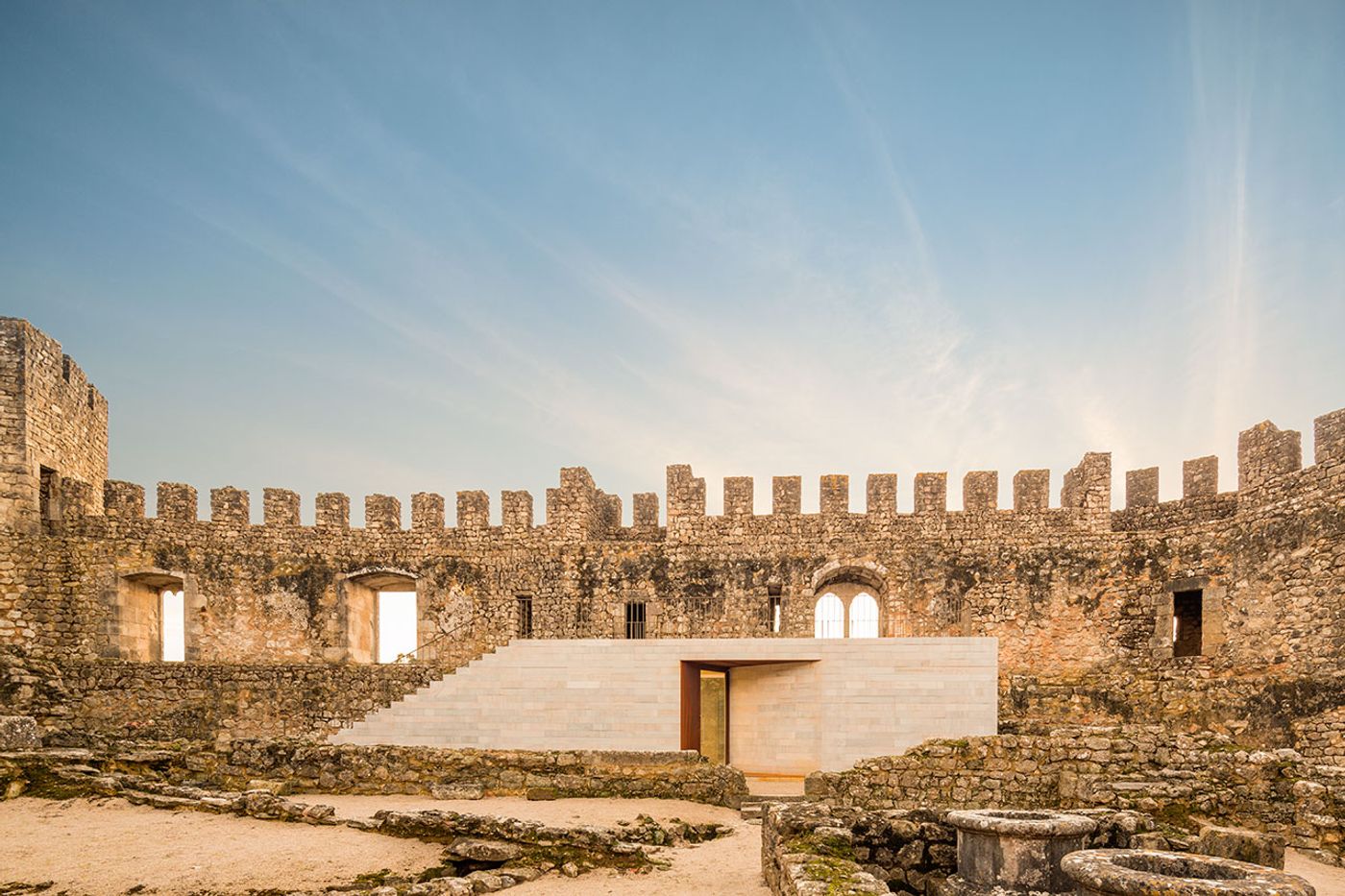
Photo by Fernando Guerra FG+SG architecture photography.
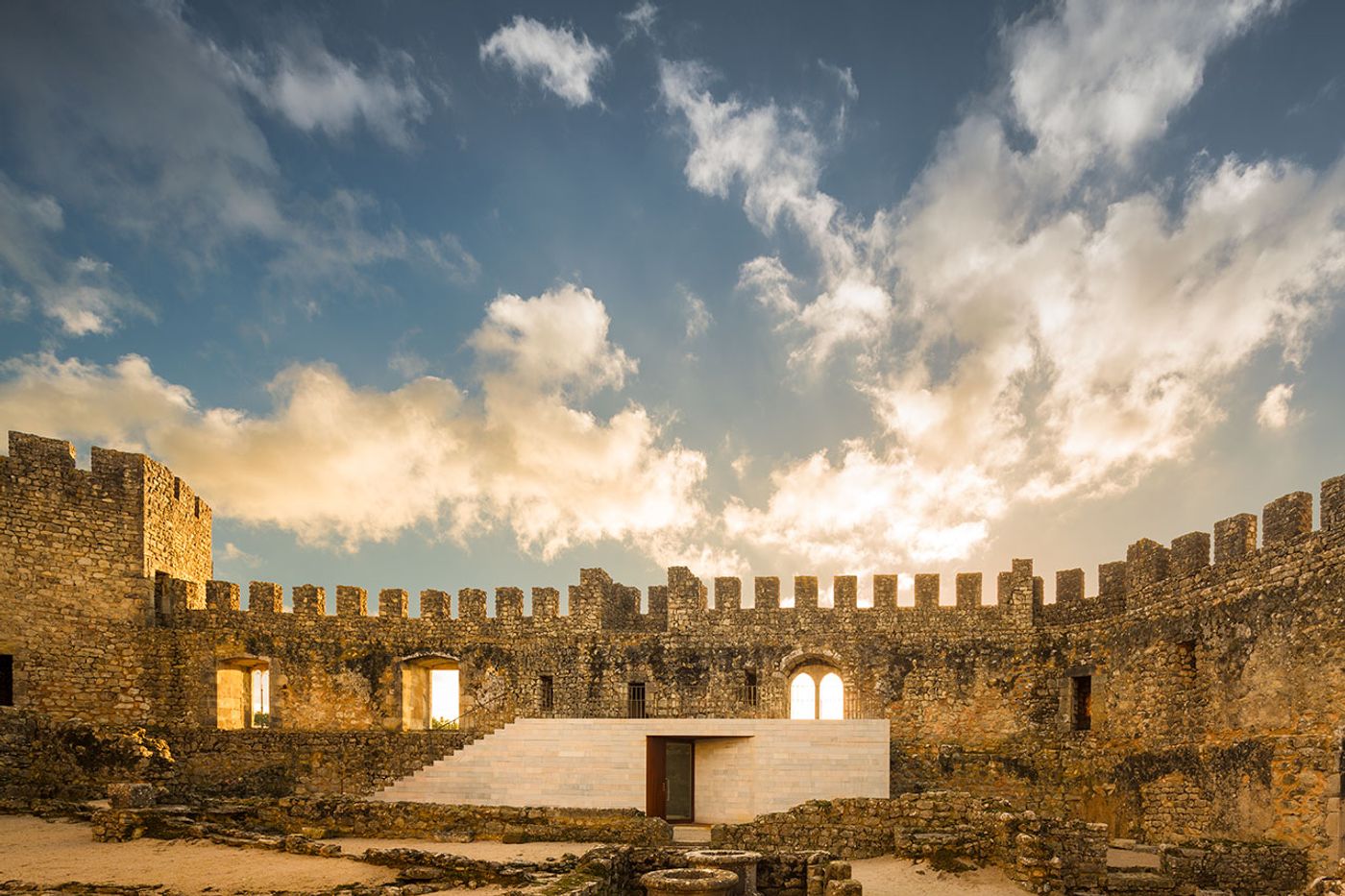
Photo by Fernando Guerra FG+SG architecture photography.

Photo by Fernando Guerra FG+SG architecture photography.

Photo by Fernando Guerra FG+SG architecture photography.
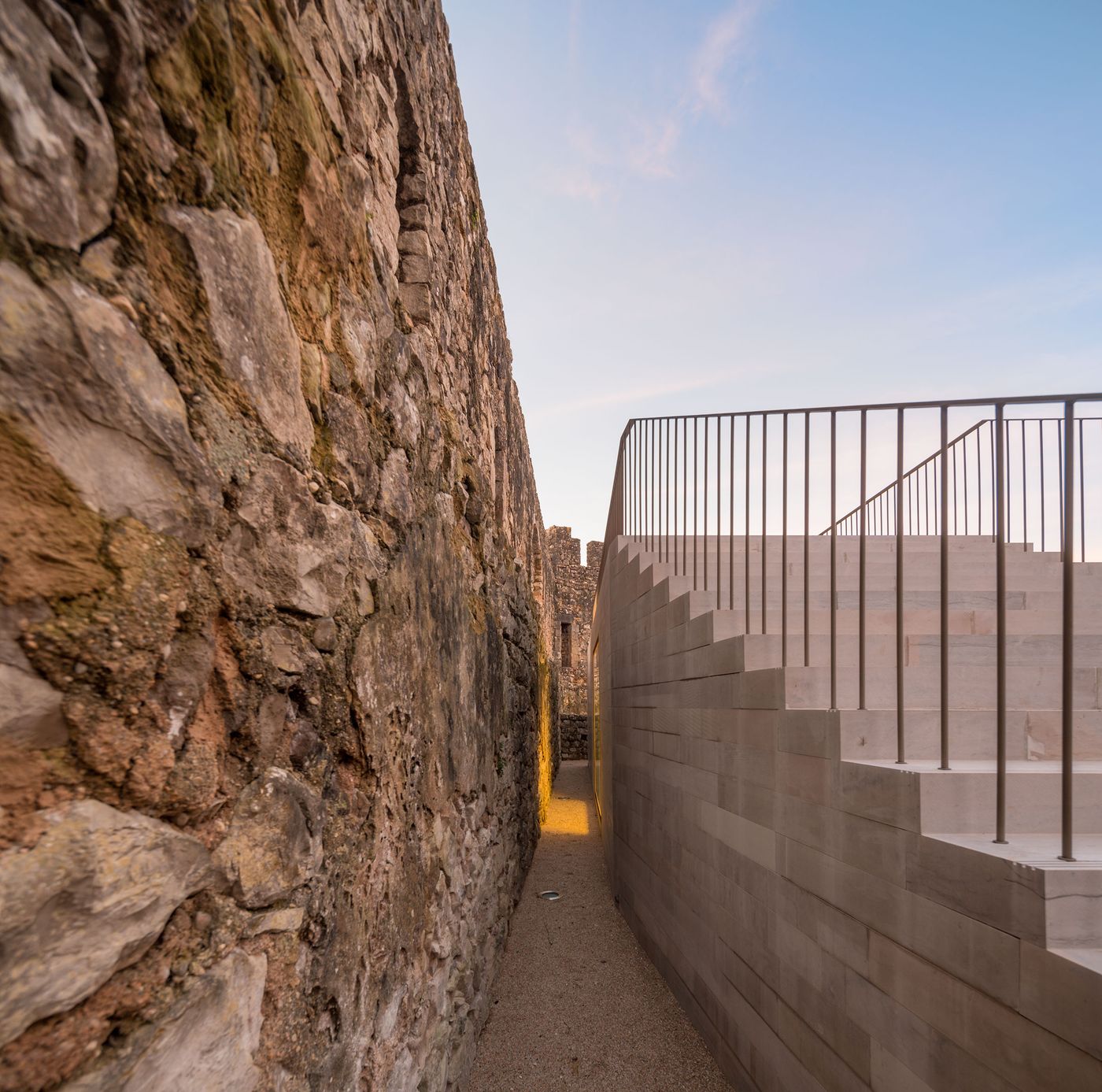
Photo by Fernando Guerra FG+SG architecture photography.

Photo by Fernando Guerra FG+SG architecture photography.
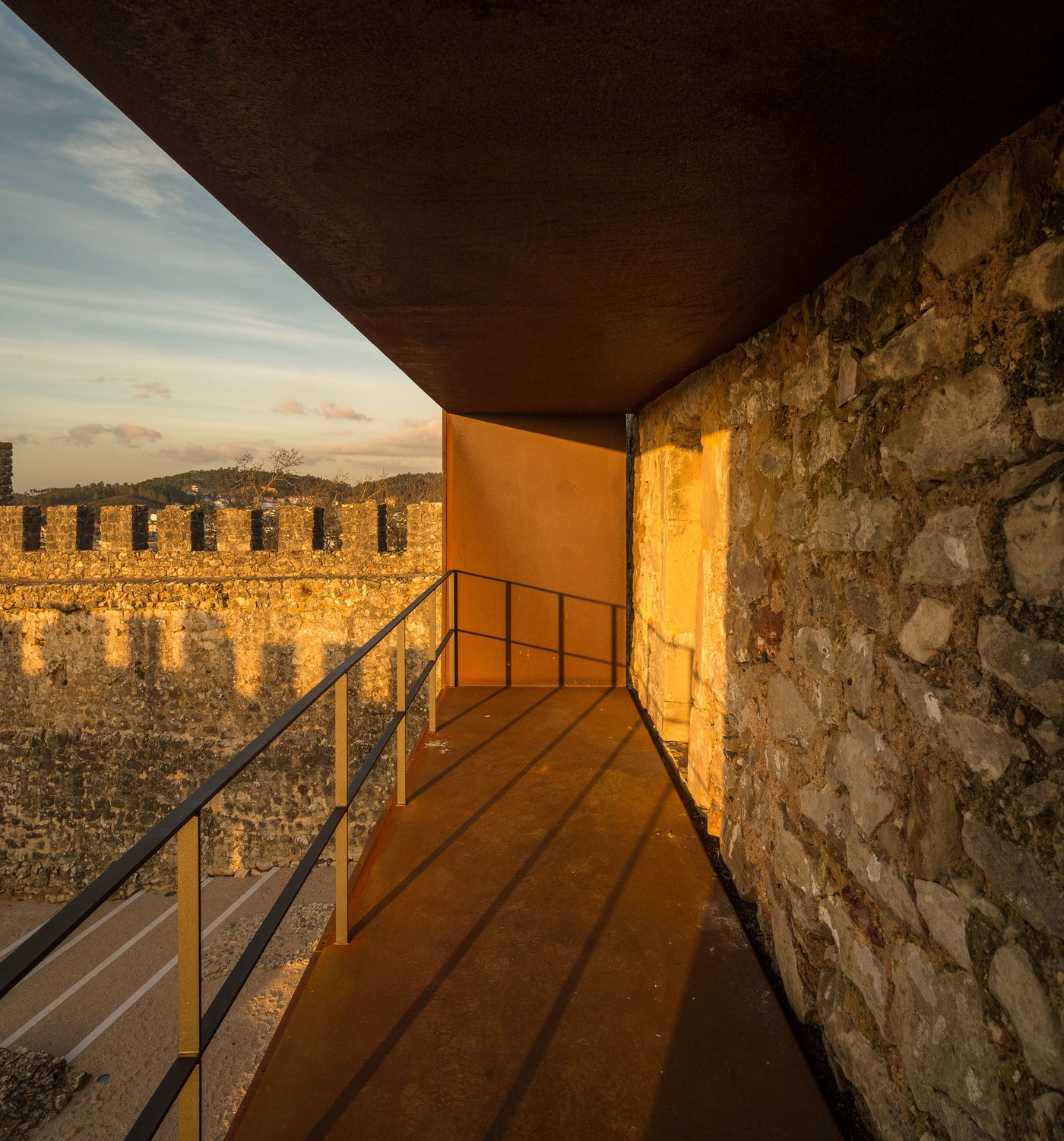
Photo by Fernando Guerra FG+SG architecture photography.

Photo by Fernando Guerra FG+SG architecture photography.

Photo by Fernando Guerra FG+SG architecture photography.
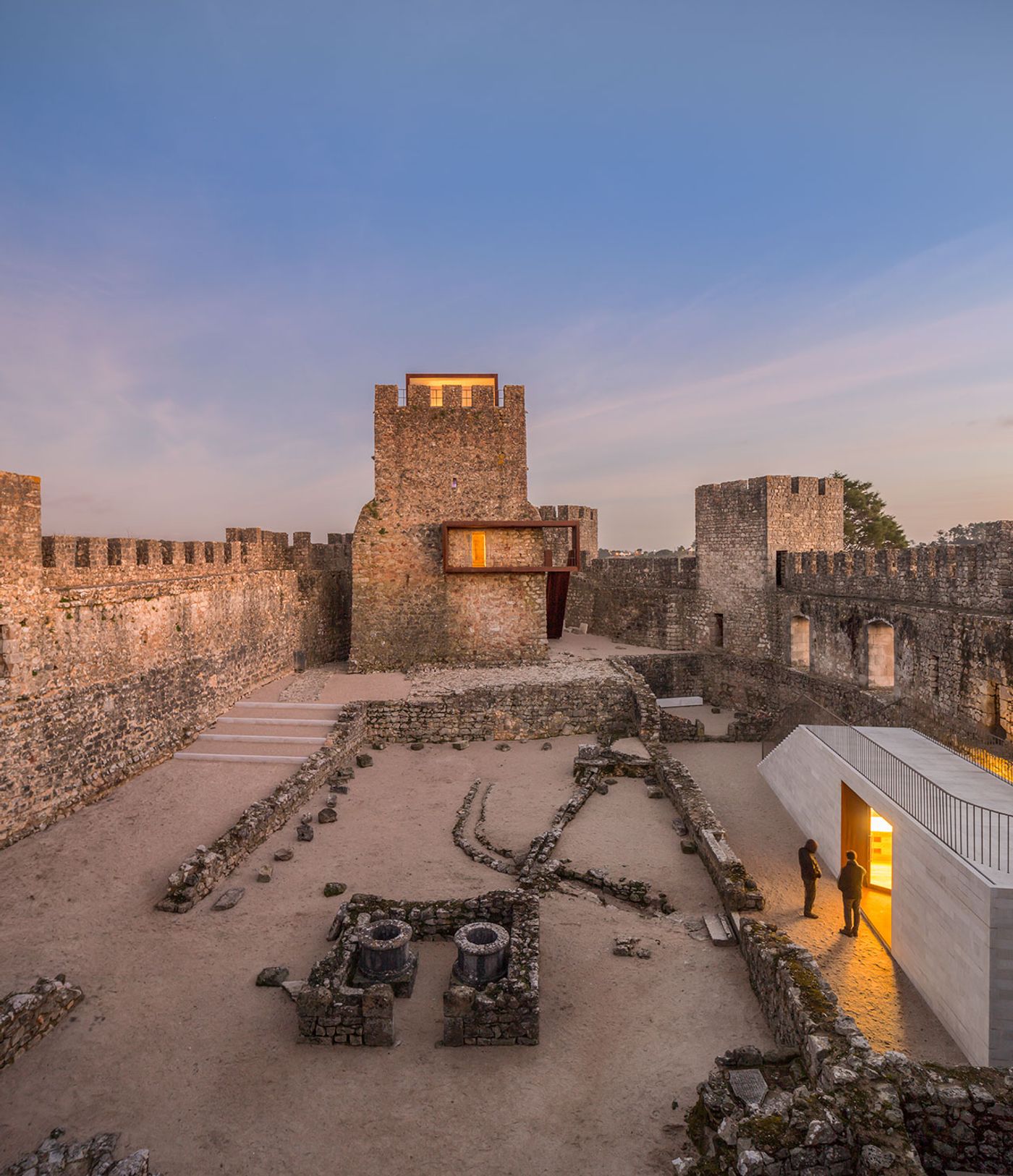
Photo by Fernando Guerra FG+SG architecture photography.
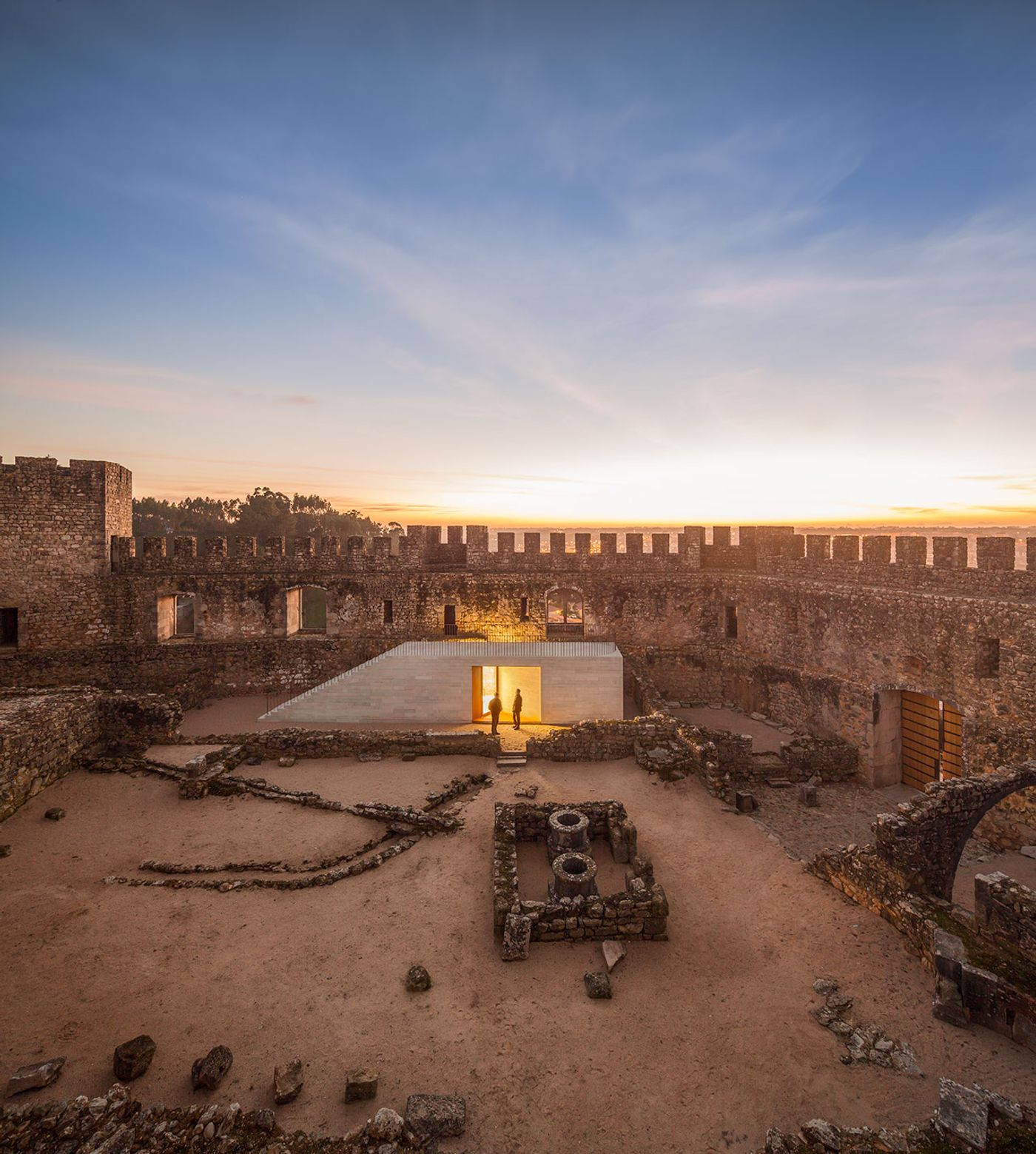
Photo by Fernando Guerra FG+SG architecture photography.

